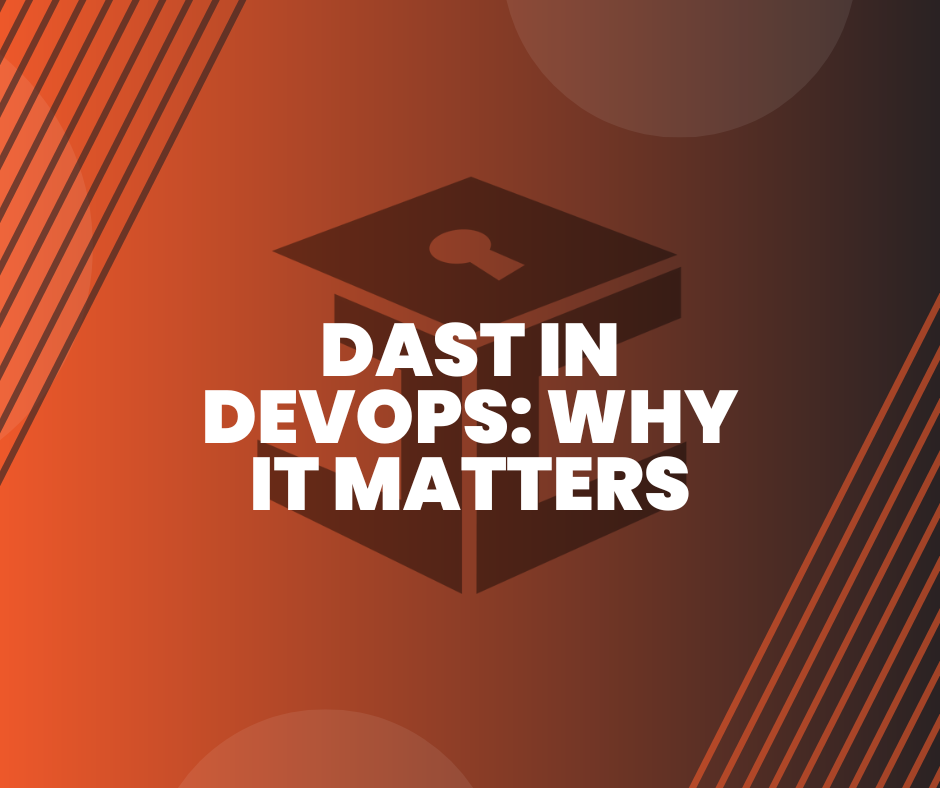Why is it called a computer virus?
April 9, 2020
Viruses are everywhere in the news at the moment, but have you ever wondered why malware is sometimes called a “computer virus”? The fact is that a computer virus is very similar to influenza, coronavirus and other viral infections.
Email is like a sneeze
Have you ever had cold that makes you sneeze all the time? Every time you sneeze, tiny droplets containing the virus leave your body at great speed. If someone else comes into contact with those droplets, they could catch your viral infection.
Malware infections can kill
Serious viral infections can cause serious illness – or even death. And computer viruses also have the potential to kill.
Computer viruses are highly infectious
The influenza virus has naturally evolved to use an infected person’s body to spread. Sneezing is not just a side-effect of the infection – it also helps to ensure the virus can infect other people too.
You can be infected without showing any symptoms
Many viruses take time to grow inside the human body – it may be several weeks before the infected person even realises they are sick. During this ‘incubation period’ they are still infectious, and may pass the virus onto other people – again without realising there’s a problem.
Anti-malware, the computer vaccination
Many serious viruses – measles, mumps, rubella, polio, tuberculosis – now have vaccines that prevent people from becoming infected. Children are routinely vaccinated against these viruses to prevent infection as they grow.
Computers can also be vaccinated against viruses with an anti-virus. Like medical vaccines, anti-virus tools identifies potential viruses and prevents them from being installed – or from infecting your computer.
By preventing your computer from becoming infected you also avoid the trouble of trying to recover lost data, reinstalling software and repairing any damage to the system. You can protect yourself today – get in touch to find out how.
Here’s some of the similarities.
Have you ever had cold that makes you sneeze all the time? Every time you sneeze, tiny droplets containing the virus leave your body at great speed. If someone else comes into contact with those droplets, they could catch your viral infection.
Cyber criminals use a similar technique – spam. Tens of thousands of emails are sent out, each carrying an infected attachment. Anyone who opens one of those attachments will (probably) install a virus – just like breathing in infected droplets.
Serious viral infections can cause serious illness – or even death. And computer viruses also have the potential to kill.
In most cases, computer malware cause data loss, steal personal information and occasionally, cause physical damage to the infected computer. But if cyber attackers target national systems, like the electricity grid or hospital computers, there is a very real chance that the knock-on effects could kill.
The influenza virus has naturally evolved to use an infected person’s body to spread. Sneezing is not just a side-effect of the infection – it also helps to ensure the virus can infect other people too.
Computer viruses rarely stop at a single infection. Most are designed to spread to other computers whenever possible. Some will hijack an infected computer to send out infected emails, while worms use clever network exploits to attack other computers on the same network. The more computers a hacked can infect, the more data they can steal or add to a botnet under their control.
Many viruses take time to grow inside the human body – it may be several weeks before the infected person even realises they are sick. During this ‘incubation period’ they are still infectious, and may pass the virus onto other people – again without realising there’s a problem.
The same is true of computer viruses – particularly botnets and trojans. These malware variants will remain on your computer undetected until triggered remotely by a hacker. This dormant period may last weeks or months, although it may try to spread itself to other computers in the meantime.
Many serious viruses – measles, mumps, rubella, polio, tuberculosis – now have vaccines that prevent people from becoming infected. Children are routinely vaccinated against these viruses to prevent infection as they grow.
Computers can also be vaccinated against viruses with an anti-virus. Like medical vaccines, anti-virus tools identifies potential viruses and prevents them from being installed – or from infecting your computer.
By preventing your computer from becoming infected you also avoid the trouble of trying to recover lost data, reinstalling software and repairing any damage to the system. You can protect yourself today – get in touch to find out how.
Follow Us
Be the first to know
You might also like

DevOps is a popular practice, especially among large organizations. However, while it comes with numerous benefits, it presents numerous risks as well. One notable challenge is the increased velocity of deployment, which often complicates how developers implement and ensure application security throughout the development and deployment process. DevOps is a popular practice, especially among large organizations. However, while it comes with numerous benefits, it presents numerous risks as well. One notable challenge is the increased velocity of deployment, which often complicates how developers implement and ensure application security throughout the development and deployment process. According to a recent survey, almost 80% of CIOs expressed concerns about the difficulty of discerning trusted elements from untrusted ones within DevOps environments. In particular, the pressure to deliver services at a faster pace sometimes prompts DevOps teams to take security shortcuts, resulting in potentially costly repercussions. These include data breaches, application downtime, and compliance violations. So, how can you strike a balance between the demand for agile DevOps practices and the need to maintain robust security measures?

Testing applications for security flaws during production is a vital process of the development lifecycle, and this is where Dynamic Application Security Testing (DAST) comes in. DAST is a security testing approach in application security (AppSec), in which testers assess an application in real-time, while it’s actively running. This process can be conducted even without testers knowing the application’s internal interactions or system-level designs. Applications fuel the engine of the world’s economy, but enterprises can encounter substantial hurdles when striving to retain a competitive advantage in a rapidly changing digital landscape. Businesses must continuously pursue inventive solutions, even as they contend with sophisticated adversaries looking to exploit opportunities to disrupt operations, compromise vital information, and inflict harm. According to recent research, approximately 17% of cyberattacks aim to exploit vulnerable web applications. Yet, 98% of web applications are susceptible to attacks that can lead to malware infection or redirect users to malicious websites. All the while, 72% of these vulnerabilities result from coding errors. Testing applications for security flaws during production is a vital process of the development lifecycle, and this is where Dynamic Application Security Testing (DAST) comes in. DAST is a security testing approach in application security (AppSec), in which testers assess an application in real-time, while it’s actively running. This process can be conducted even without testers knowing the application’s internal interactions or system-level designs. This is because DAST tools operate without access to the application’s source code. Instead, they emulate genuine attacks, akin to those carried out by real hackers, to identify security weaknesses. This “black box” testing method examines the application from an external perspective, scrutinises its runtime behaviour, and observes how it reacts to simulated attacks. These simulations help evaluate whether the application exhibits vulnerabilities and if it is potentially susceptible to malicious attacks.

In this blog post we look back at the origin of the term “hacking”, as well as how activities that might be described as hacking have existed throughout history, even prior to the advent of computer systems – and what if anything these can teach us today. Hacking is attacking and breaking into computer systems illegally… isn’t it? The meaning of the term “hacking” has in fact changed substantially over time, morphing from describing essentially benign (or at worst mildly disruptive) activities into its modern attribution to largely criminal and illegal activities. What’s more, in its original usage, “hacking” doesn’t necessarily even need to involve computer systems at all. In this blog post we look back at the origin of the term “hacking”, as well as how activities that might be described as hacking have existed throughout history, even prior to the advent of computer systems – and what if anything these can teach us today.

